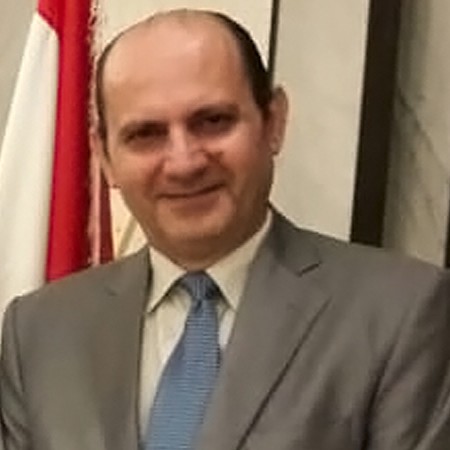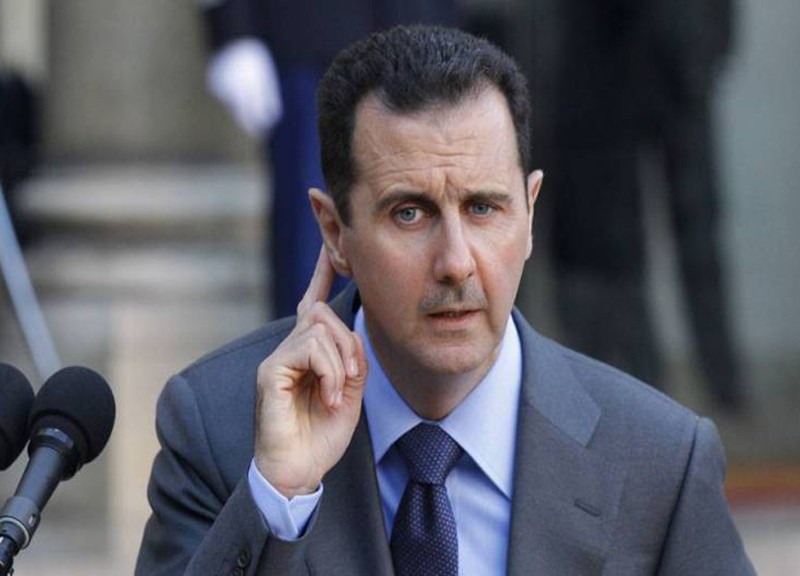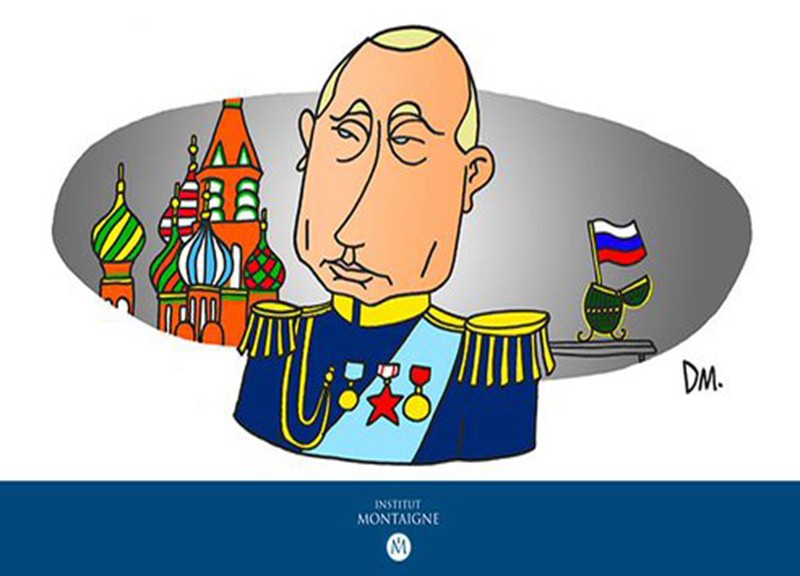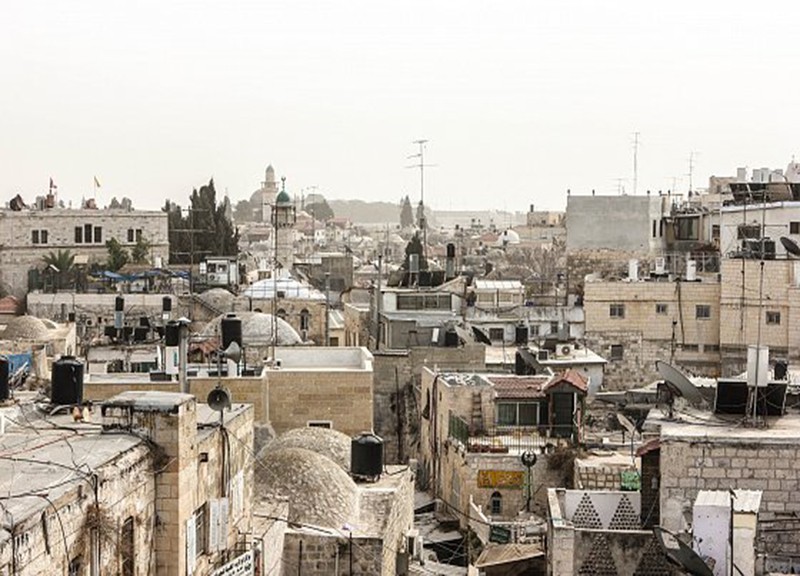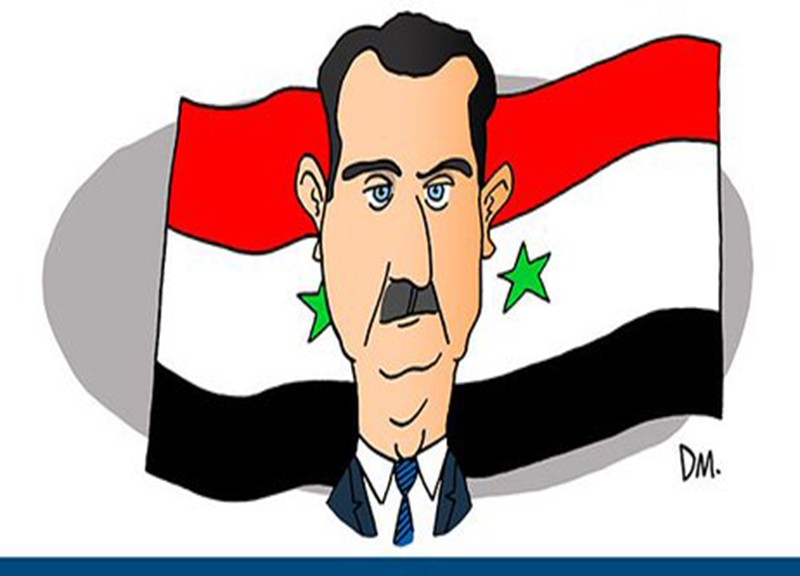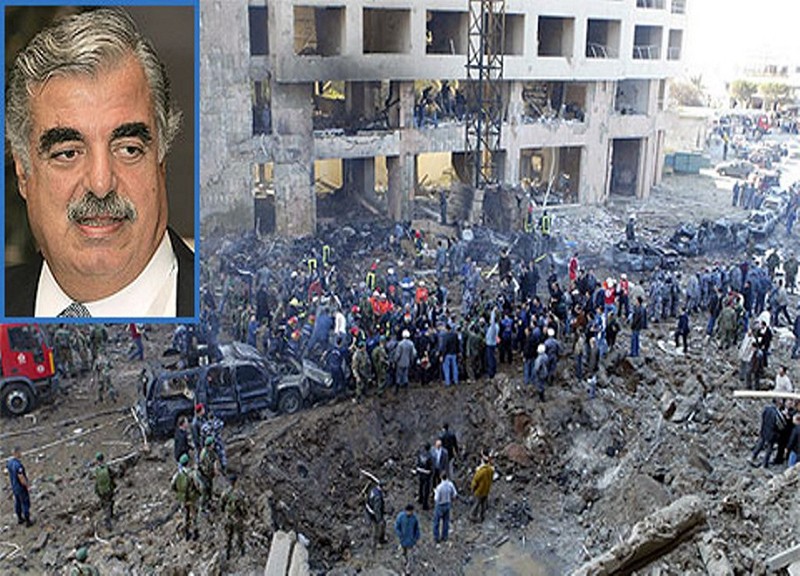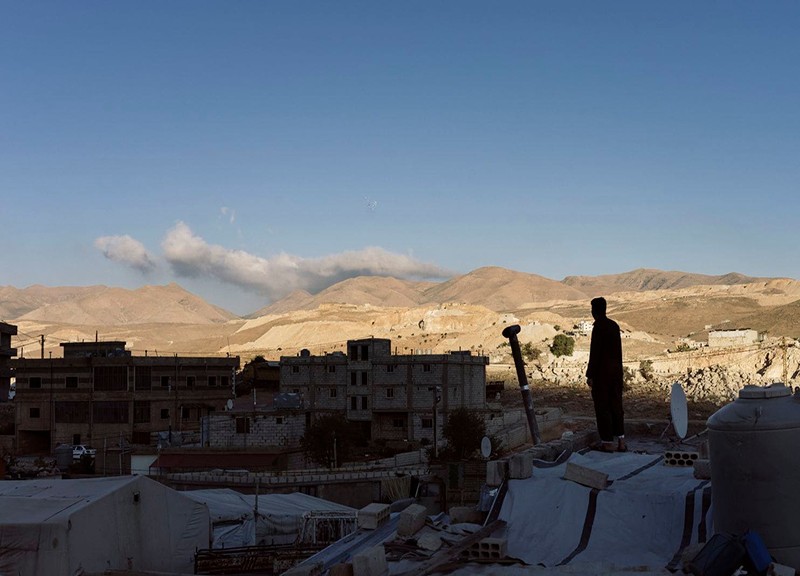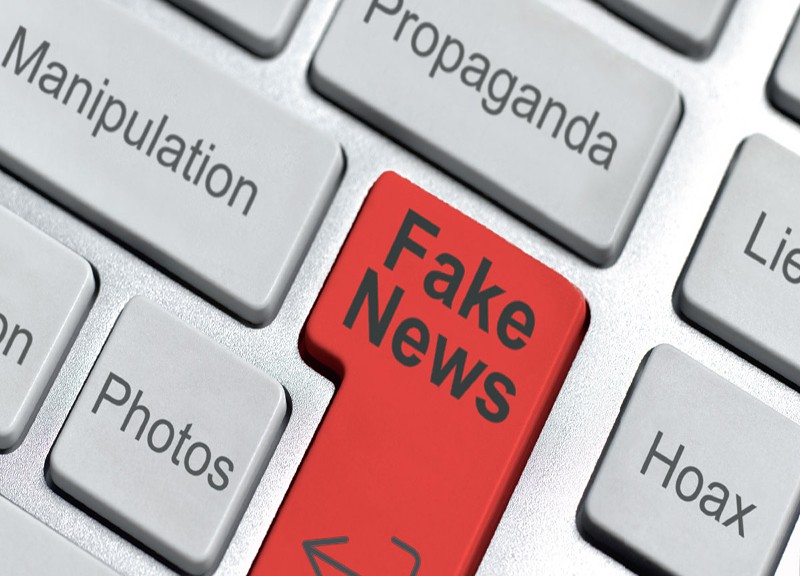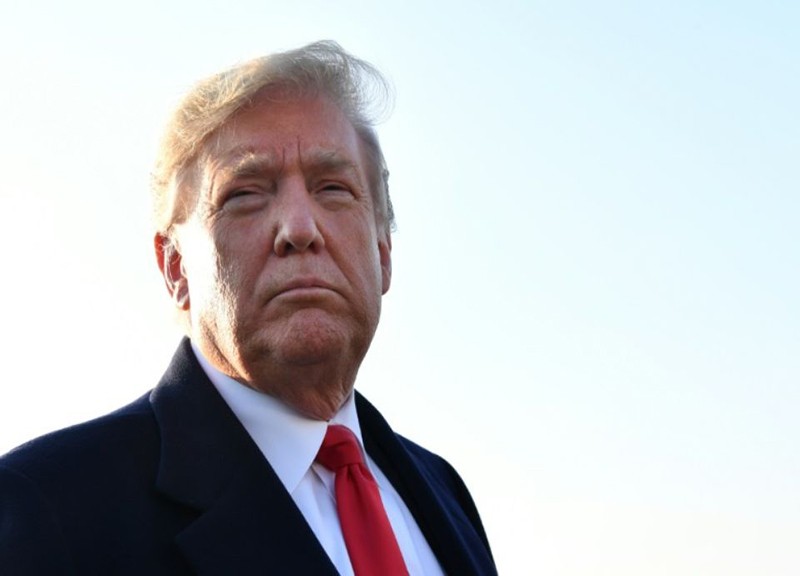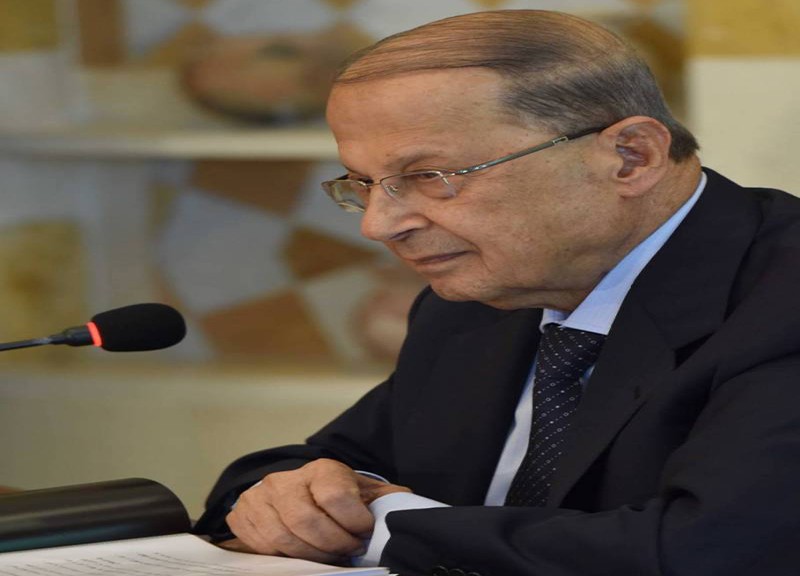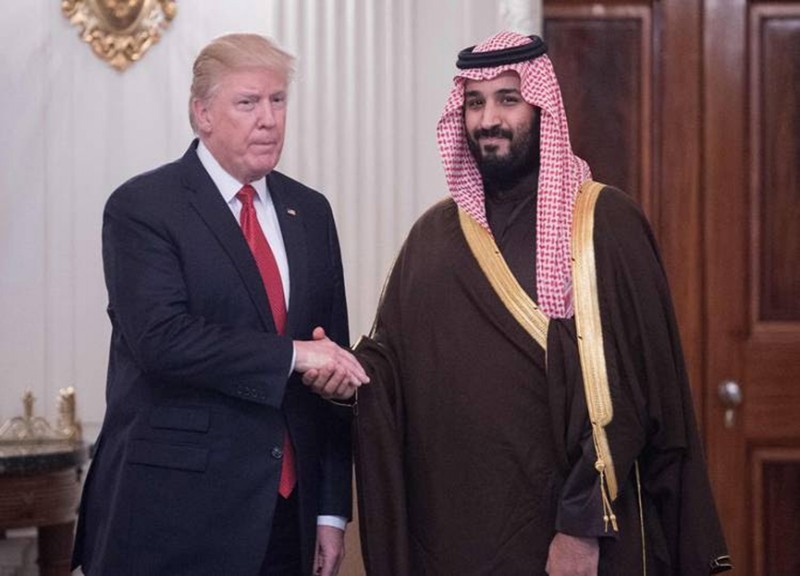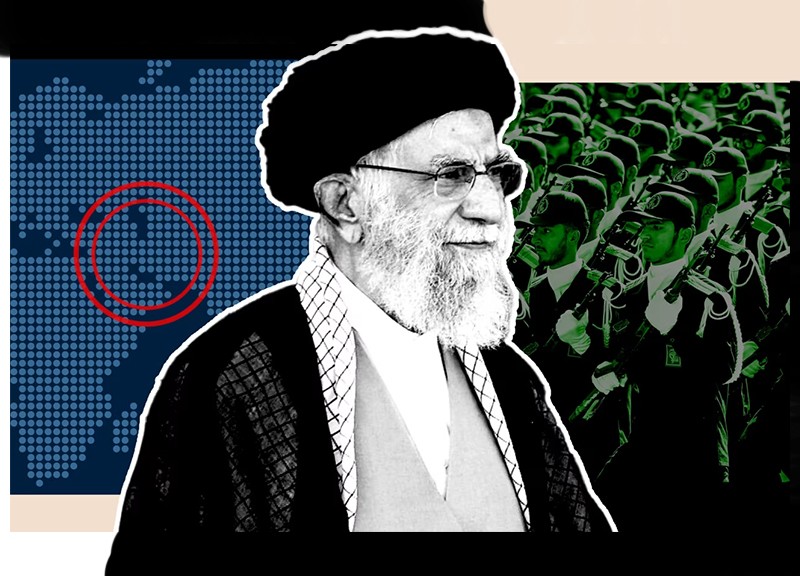
The Islamic republic’s direct strikes in Iraq, Syria and Pakistan in recent days suggest not a change of strategy but a change of tactics
Andrew England in London and Najmeh Bozorgmehr in Tehran / Financial Times
The first sign that Iran felt the need to flex its muscles more directly after months of tension and hostility across the Middle East came when its naval forces last week dropped from a helicopter to seize an oil tanker off the coast of Oman.
Days later, it was the turn of the elite Revolutionary Guards to deliver a glimpse of their military capabilities. The guards lit up the night sky over Erbil in northern Iraq after launching a barrage of ballistic missiles at what Iran described as an Israeli “espionage centre”.
The Biden administration condemned the attack — which reportedly rattled the nearby US consulate — as “reckless”.
However, in Tehran, these actions were interpreted as part of the Islamic republic’s calculated response to Israel’s more than 100-day offensive in Gaza. The display of force was intended to send a warning message to the US, Israel and other regional powers, but conducted in a targeted manner, far from the front lines of the Israel-Hamas war.
“The series of attacks are definitely related to the war on Gaza and are Iran’s show of power as the sole and leading military power standing against Israel,” says Saeed Laylaz, an Iranian analyst.
The assaults were the first time Iran has directly unleashed its military since Hamas’s October 7 attack triggered the war with Israel, sending shockwaves across the Middle East.
From the outset, there were concerns in Israel, its western allies and among Arab states about how Iran and the myriad militant groups it backs might respond. Days after Hamas’s attack, US President Joe Biden warned Iran “to be careful”, before dispatching two carrier strike groups to the region as a deterrent.
In the months since, Iran’s leaders have chastised Israel and expressed support for Hamas, but have publicly stated their desire to avoid a regional conflict, and kept their forces out of the fray. The regime was content for its so-called Axis of Resistance, which includes militant groups in Lebanon, Syria, Iraq and Yemen, to lead the military response, launching missile, drone and rocket attacks against Israel, US forces in the region and global shipping.
Yet a series of hostile acts over the past three weeks, directed at Iranians as well as senior leaders of the republic’s proxies, appear to have compelled Iran to up the ante.
The first was an Israeli air strike in Syria that killed a senior Revolutionary Guards commander at the end of December. The following week, another Israeli strike killed Saleh al-Arouri, Hamas’s deputy political leader, in southern Beirut, a stronghold of Hizbollah, the Lebanese Shia militant movement that is Iran’s most powerful proxy.
On January 3, the next day, two suicide bombers killed almost 100 Iranians who had gathered in the southern city of Kerman to mark the anniversary of the US’s assassination of Qassem Soleimani, the republic’s most powerful commander. Sunni jihadist group Isis claimed responsibility for the attack, but only after Revolutionary Guards commanders suggested Israel was to blame.
Next, a US strike in Baghdad killed a senior commander of an Iranian-backed Iraqi militia, dealing another blow to the Axis of Resistance.
It was then that Iran began striking out directly. The guards described their attack on Erbil as a response to the “recent atrocities of the Zionist regime” as well as the killing of commanders of the guards and “resistance”.
Iran simultaneously launched missiles against Isis targets in Syria, in retaliation for the suicide bombings in Kerman. This week, it mounted a rare strike in Pakistan, targeting Jaish ul-Adl, another Sunni militant group. Islamabad responded with missile attacks against Pakistani separatists in Iran.
An Iranian official says Iran’s strikes do not represent a change in strategy but a change in tactics to make the US and Israel aware of the threat it could pose as long as the war in Gaza continues.
“Involving Pakistan and Erbil sends a message directly to the Israelis and the Americans, and the message is ‘don’t mess with Iran, and finish the war in Gaza’,” the official says. “Iran doesn’t want a direct war with Israel and the US. But we want to be seen and felt by the Americans — and show how nasty we could be.”
The strategy isn’t without risk, the official adds, but hardliners inside Iran believe the damage can be controlled. “From their perspective, a limited, calculated engagement could [also] give the message to Iran’s proxies that in hard times we are supporting them.”
Since its devastating 1980s war with Iraq, the Islamic regime has made proxies and asymmetrical warfare an integral part of its national security strategy, cognisant that it lacks the conventional weapons to match the US or Israel.
That network, which began with the birth of Hizbollah in the 1980s, has expanded over the past two decades as the 2003 US-led invasion of Iraq and the tumult triggered by the 2011 Arab uprisings reshaped the region’s dynamics.
United by an anti-US, anti-Israel ideology, the grouping has come to incorporate powerful Shia factions in Iraq; militias in Syria, where Iran intervened to back the Assad regime in that country’s civil conflict; Hamas; and Houthi rebels in Yemen, which have fought a nine-year war against an Arab coalition led by Saudi Arabia, Iran’s regional rival.
Each has responded militarily to Israel’s offensive in Gaza: Hizbollah has been locked in daily cross-border clashes with Israel; the Houthis have launched more than 30 attacks against merchant ships in the Red Sea, as well as drones and missiles at the Israeli port of Eilat; and Iraqi militants have fired more than 140 missiles and drones against US forces in Iraq and Syria.
Tehran publicly insists the militants are acting independently, but by opening multiple fronts, their actions have enabled Iranian leaders to project power and hostility to Israel, while distancing the republic itself from direct combat and reducing the risks of it being sucked into a broader conflict.
US officials, meanwhile, accuse the Iranians of being “deeply involved” in planning the Houthis’ assaults against shipping, saying they have provided drones and “tactical intelligence” to the group. Iran has long provided financial and military support to militants from Hizbollah and to Iraqi factions collectively grouped under the umbrella of the Popular Mobilisation Forces, or Hashd al-Shaabi.
“Iran is the head of the octopus and you see its tentacles all around from the Houthis to Hizbollah to Hamas,” Israeli Prime Minister Benjamin Netanyahu told reporters in Tel Aviv on Thursday.
Hamid-Reza Taraghi, a hardline Iranian politician, boasts that the post-October 7 hostilities have provided a “good military drill” for the axis.
“There is today more unity and co-ordination between the different groups of the Axis of Resistance and they help each other, putting their lives at risk to defend their co-fighters in different places,” he says. “The reason is they all follow one leader, Ayatollah [Ali] Khamenei.”
Khamenei himself, Iran’s supreme leader, said this month the “resistance must keep its strength up and be ready, not falling for the enemy’s tricks, and, God willing, wherever possible, deliver a blow”.
Yet the groups within the axis are not homogenous, and each has its own national agenda. Hizbollah and the leaders of the Shia Iraqi factions have the strongest ties to Tehran. Hamas is a Sunni Islamist movement, while the Houthis, members of the Zaydi Shia sect, are less ideologically aligned with Iran than other groups. But their relationship with the republic has deepened after years fighting the Saudi-led coalition from their base in northern Yemen.
In recent months, the Houthis have been one of the most active members of the network, displaying their strategic value to Iran as they have severely disrupted global trade through the Red Sea and drawn the US and UK into combat. But the true extent of Iranian influence over the group is often debated.
Indeed, some in western capitals question how effectively Iran is navigating the crisis. “Iran hasn’t been the brilliant mastermind some perceive that is operating with a clear strategy, concrete objectives and clever manoeuvring,” says Ali Vaez, an Iran expert at Crisis Group. “A lot of its actions seem reactive, scrambling, short-sighted and impetuous.”
Contrary to what Iranian leaders say, he adds, the strikes against commanders in the guards, Hizbollah and the Iraqi militia have diminished Iran’s efforts to project regional deterrence through the axis, and put it “on the back foot”. His concern is that Tehran will turn to another avenue to up the stakes with the US — its nuclear programme.
Before the Israel-Hamas war broke out, there were tentative signs of movement in the west’s stand-off with Iran over its nuclear ambitions.
In September, the Biden administration and the republic agreed to a prisoner swap, which involved Washington unfreezing $6bn of Iran’s oil money. Alongside that deal, the parties discussed unwritten de-escalatory measures, including Tehran putting a cap on its aggressive nuclear expansion as it enriched uranium close to weapons grade. There had been signs that Iran was slowing the pace at which it was producing highly enriched uranium.
But the conflict dashed hopes of progress. Instead, a December report by the International Atomic Energy Agency said Tehran had increased its rate of production of uranium enriched up to 60 per cent purity — close to weapons grade — to levels reported in the first half of 2023. “I’m afraid Iran’s nuclear calculus could change, and in very problematic ways,” Vaez says.
The Iranian official says the increased enrichment was a message to the Biden administration after Washington informed Tehran that it would not discuss the nuclear issue until after the US election. “If America wants to wait, they should suffer the consequences, and the consequences are going to be increasing enrichment,” the official says.
A consequence neither side wants, however, is military escalation. The US and Iran are relying on back channels through states such as Qatar to try to prevent that outcome. Biden has also publicly stated he has sent warnings to Tehran, most recently cautioning it not to aid the Houthis.
Sanam Vakil, Middle East programme director at Chatham House, believes the regime will continue to be restrained because of its ultimate goal: self-preservation.
“Iran’s number one priority is Iran, and we should never forget that. Iran will not mobilise its own forces unless it is directly hit,” she says. “It isn’t this sort of mammoth, behemoth puppet master behind the scene, but actually also tactical and it has weaknesses — and the ability to be deterred.”
Instead, it will continue to rely on its proxy network to project power. “It has a forward defence strategy that it has put into place and has tried to push its perceived threats far away from its borders,” Vakil says. “But it’s important not to oversell Iran’s position in the region or its investments in the Axis of Resistance.”
A critical question, however, is whether the calculus in Tehran changes if a full-blown war erupts between Israel and Hizbollah — the proxy it has invested most heavily in, and which some see as indispensable to its patron.
“Hizbollah is not Hamas — Hizbollah is the Islamic Republic of Iran,” says the Iranian official.




